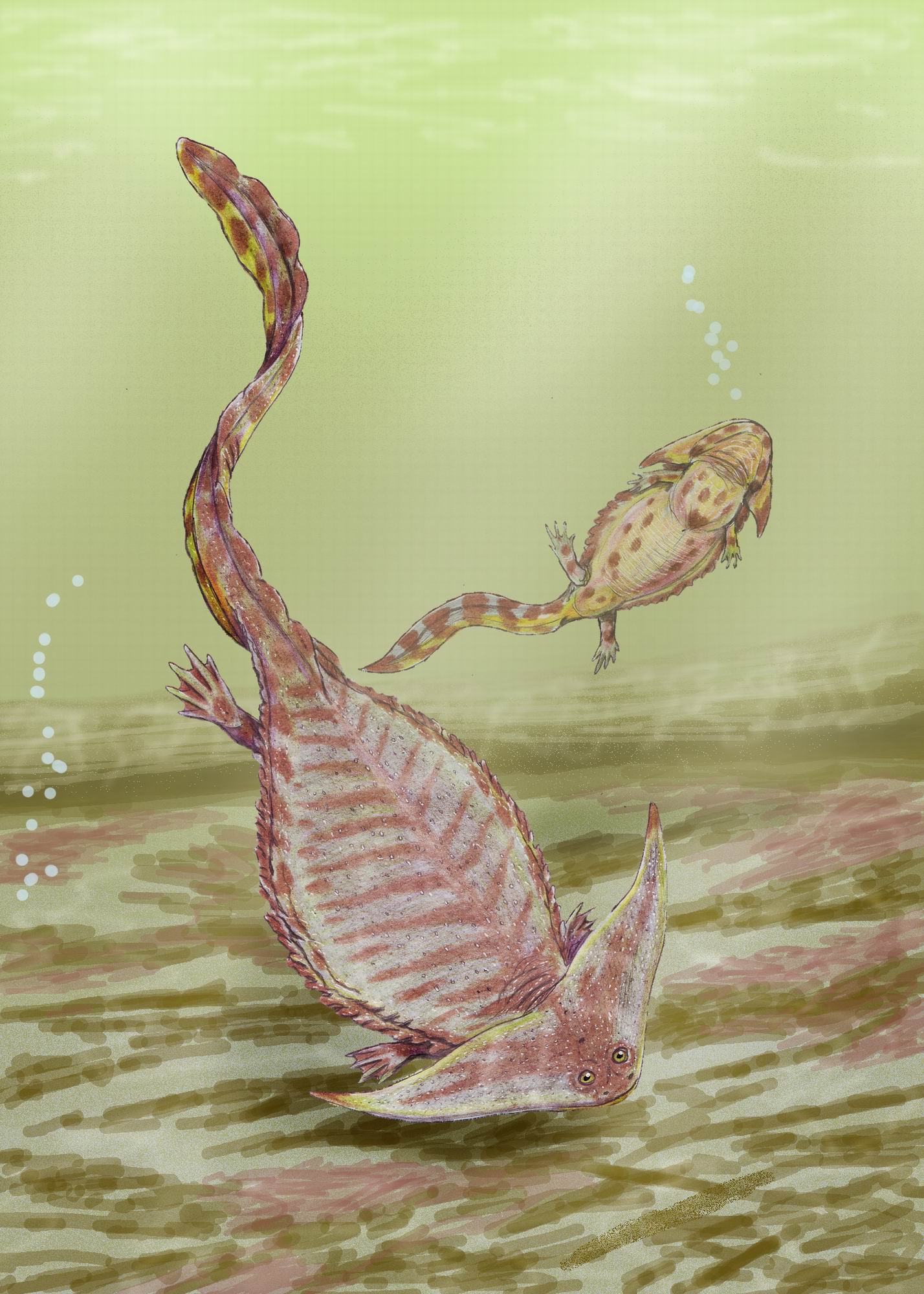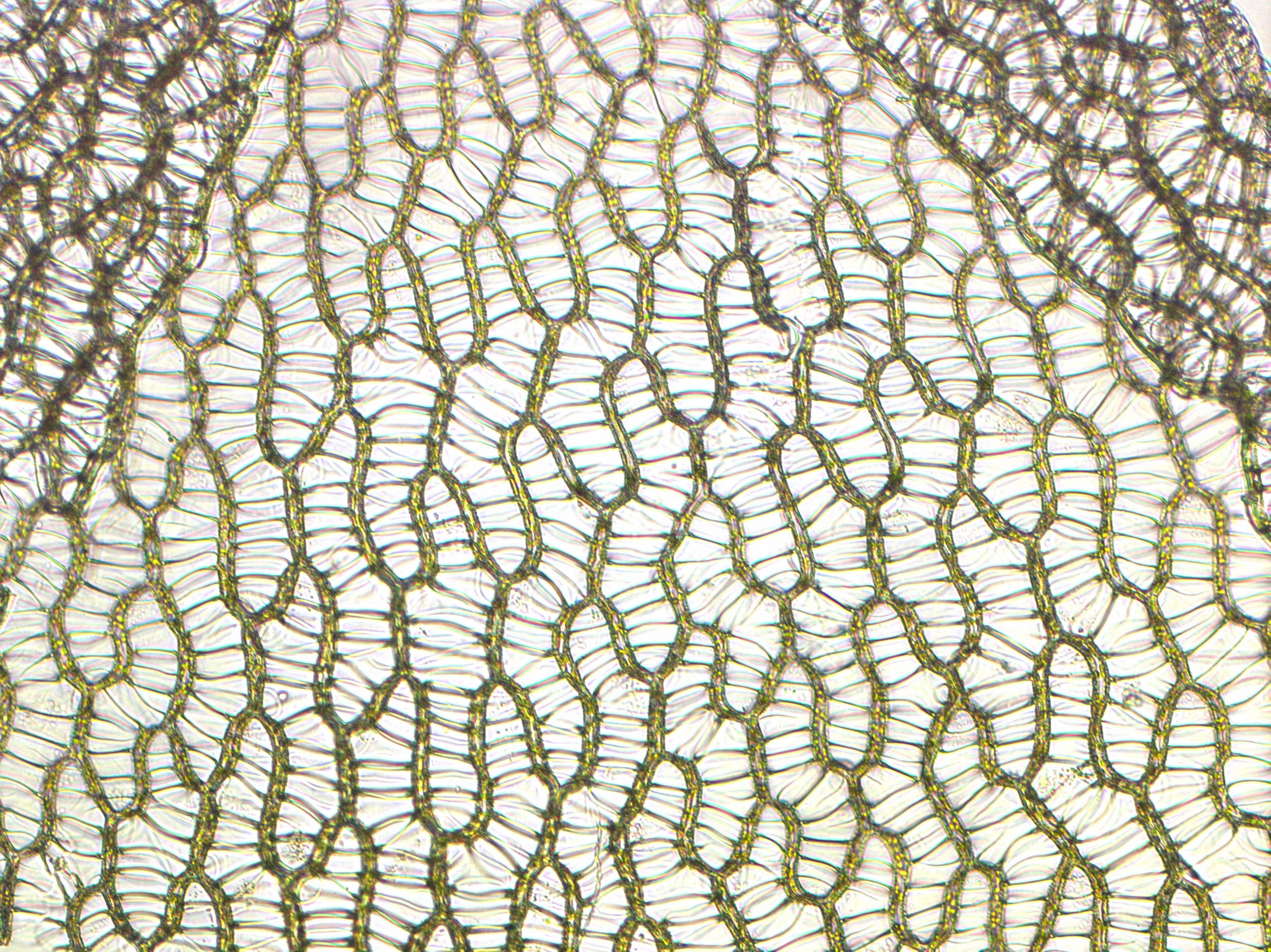|
Tamá Harlequin Frog
''Atelopus tamaense'', the Tamá harlequin frog or Venezuela stubfoot toad, is a species of toad in the family Bufonidae. It is endemic to the Páramo de Tamá on the Venezuelan-Colombian border and occurs in Apure and (likely) Táchira states of Venezuela and Norte de Santander Department on the Cordillera Oriental of Colombia. Its natural habitats are sphagnum bogs in páramo ecosystems as well as upper montane forests at elevations of above sea level. The species occurs in the Tamá National Natural Park in Colombia and El Tamá National Park in Venezuela. The habitat could be affected by fire. Its major threat, however, is chytridiomycosis Chytridiomycosis ( ) is an infectious disease in amphibians, caused by the chytrid fungi '' Batrachochytrium dendrobatidis'' and '' Batrachochytrium salamandrivorans''. Chytridiomycosis has been linked to dramatic population declines or extinc ... that has negatively impacted many other montane ''Atelopus'' species. References ... [...More Info...] [...Related Items...] OR: [Wikipedia] [Google] [Baidu] |
Toad
Toad (also known as a hoptoad) is a common name for certain frogs, especially of the family Bufonidae, that are characterized by dry, leathery skin, short legs, and large bumps covering the parotoid glands. In popular culture (folk taxonomy), toads are distinguished from frogs by their drier, rougher skin and association with more terrestrial habitats. However, this distinction does not align precisely with scientific taxonomy. List of toad families In scientific taxonomy, toads include the true toads (Bufonidae) and various other terrestrial or warty-skinned frogs. Non-bufonid "toads" can be found in the families: * Bombinatoridae ( fire-bellied toads and jungle toads) * Calyptocephalellidae ( helmeted water toad and false toads) * Discoglossidae ( midwife toads) * Myobatrachidae (Australian toadlets) * Pelobatidae ( European spadefoot toad) * Rhinophrynidae ( burrowing toads) * Scaphiopodidae ( American spadefoot toads) * Microhylidae ( narrowmouth toads) ... [...More Info...] [...Related Items...] OR: [Wikipedia] [Google] [Baidu] |
Páramo
Páramo () may refer to a variety of alpine tundra ecosystems located in the Andes Mountain Range, South America. Some ecologists describe the páramo broadly as "all high, tropical, montane vegetation above the continuous timberline". A narrower term classifies the páramo according to its regional placement in the northern Andes of South America and adjacent southern Central America. The páramo is the ecosystem of the regions above the continuous forest line, yet below the permanent snowline. It is a "Neotropical high mountain biome with a vegetation composed mainly of giant rosette plants, shrubs and grasses". According to scientists, páramos may be "evolution, evolutionary hot spots", meaning that they are among the fastest evolving regions on Earth. Location The Northern Andean Páramo global ecoregion includes the Cordillera Central páramo (Ecuador, Peru), Santa Marta páramo (Colombia), Cordillera de Merida páramo (Venezuela) and Northern Andean páramo (Colombia, Ec ... [...More Info...] [...Related Items...] OR: [Wikipedia] [Google] [Baidu] |
Amphibians Of Venezuela
Amphibians are ectothermic, anamniote, anamniotic, tetrapod, four-limbed vertebrate animals that constitute the class (biology), class Amphibia. In its broadest sense, it is a paraphyletic group encompassing all Tetrapod, tetrapods, but excluding the amniotes (tetrapods with an amniotic membrane, such as modern reptiles, birds and mammals). All extant taxon, extant (living) amphibians belong to the monophyletic subclass (biology), subclass Lissamphibia, with three living order (biology), orders: Anura (frogs and toads), Urodela (salamanders), and Gymnophiona (caecilians). Evolved to be mostly semiaquatic, amphibians have adapted to inhabit a wide variety of habitats, with most species living in freshwater ecosystem, freshwater, wetland or terrestrial ecosystems (such as riparian woodland, fossorial and even arboreal habitats). Their biological life cycle, life cycle typically starts out as aquatic animal, aquatic larvae with gills known as tadpoles, but some species have devel ... [...More Info...] [...Related Items...] OR: [Wikipedia] [Google] [Baidu] |
Amphibians Of Colombia
Amphibians are ectothermic, anamniotic, four-limbed vertebrate animals that constitute the class Amphibia. In its broadest sense, it is a paraphyletic group encompassing all tetrapods, but excluding the amniotes (tetrapods with an amniotic membrane, such as modern reptiles, birds and mammals). All extant (living) amphibians belong to the monophyletic subclass Lissamphibia, with three living orders: Anura (frogs and toads), Urodela (salamanders), and Gymnophiona (caecilians). Evolved to be mostly semiaquatic, amphibians have adapted to inhabit a wide variety of habitats, with most species living in freshwater, wetland or terrestrial ecosystems (such as riparian woodland, fossorial and even arboreal habitats). Their life cycle typically starts out as aquatic larvae with gills known as tadpoles, but some species have developed behavioural adaptations to bypass this. Young amphibians generally undergo metamorphosis from an aquatic larval form with gills to an air-breathing ... [...More Info...] [...Related Items...] OR: [Wikipedia] [Google] [Baidu] |
Atelopus
''Atelopus'' is a large genus of Bufonidae, commonly known as harlequin frogs or toads, from Central America, Central and South America, ranging as far north as Costa Rica and as far south as Bolivia. ''Atelopus'' species are small, generally brightly colored, and Diurnal animal, diurnal. Most species are associated with mid-to-high elevation streams. This genus has been greatly affected by amphibian declines, with about 70% of species now considered endangered or extinct. While threatened by habitat loss, pollution, and introduced species, the primary cause of these declines appears to be the chytrid fungus ''Batrachochytrium dendrobatidis''. Almost 40% of the described species in the genus are considered IUCN Red List, possibly extinct; this is raised to 45% when data deficient species are added; this number may be even higher, given that the genus contains many undescribed species that could also be extinct, and many of the species considered critically endangered but extant ... [...More Info...] [...Related Items...] OR: [Wikipedia] [Google] [Baidu] |
Chytridiomycosis
Chytridiomycosis ( ) is an infectious disease in amphibians, caused by the chytrid fungi '' Batrachochytrium dendrobatidis'' and '' Batrachochytrium salamandrivorans''. Chytridiomycosis has been linked to dramatic population declines or extinctions of amphibian species in western North America, Central America, South America, eastern Australia, east Africa (Tanzania), and Dominica and Montserrat in the Caribbean. Much of the New World is also at risk of the disease arriving within the coming years. The fungus is capable of causing sporadic deaths in some amphibian populations and 100% mortality in others. No effective measure is known for control of the disease in wild populations. Various clinical signs are seen by individuals affected by the disease. A number of options are possible for controlling this disease-causing fungus, though none has proved to be feasible on a large scale. The disease has been proposed as a contributing factor to a global decline in amphibian popu ... [...More Info...] [...Related Items...] OR: [Wikipedia] [Google] [Baidu] |
El Tamá National Park
The El Tamá National Park () It is a protected area with the status of a national park that is located between the Andes and plains of Venezuela. It protects part of the Tamá Massif. It has an area of and is located in the states of Táchira (125,100 ha, 90% of the surface of the park) and Apure (13,900 ha, 10% of the park's surface), near the border with Colombia. Created as a National Park on December 12, 1978, by the then President Carlos Andrés Pérez. The park is located in the páramos of Tamá with an altitude of 3,320 msnm, Cerro El Cobre with 3,613 msnm and "Judío" with 3,372 msnm, occupying the upper parts of the basins of the rivers Carapo, Río Chiquito, Quinimarí, Quite , Burguita, Burgua, Nula, Nulita, Sarare, Cutufí and Oirá, and the basins of the rivers Frio and Negro, in jurisdiction of the Municipalities Junín, Córdoba and Libertador of the Táchira and Paez of Apure State. Its creation was justified because it constitutes an exceptional natural sanctua ... [...More Info...] [...Related Items...] OR: [Wikipedia] [Google] [Baidu] |
Tamá National Natural Park
The Tamá National Natural Park () is a national park located in the Tamá Massif of the Andean Region of Colombia, between the municipalities Toledo and Herrán, in the department of Norte de Santander, in the northeastern part of the Eastern Ranges of the Colombian Andes. One of the main attractions of the park is a waterfall, one of the world's highest. General The park is connected to El Tamá National Park in Venezuela via the borders to the Venezuelan states Táchira and Apure, together they form a larger protected area with an additional . On the Colombian side, (99%) of the park is located in Toledo and in Herrán. It was established on 6 June 1977 for conservational, scientific and recreational reasons. The altitude varies between above mean sea level, with the majority of the park located higher than . The average temperature is between . Flora and fauna The forests are included in the Venezuelan Andes montane forests ecoregion, which also covers the Venezue ... [...More Info...] [...Related Items...] OR: [Wikipedia] [Google] [Baidu] |
Above Sea Level
Height above mean sea level is a measure of a location's vertical distance (height, elevation or altitude) in reference to a vertical datum based on a historic mean sea level. In geodesy, it is formalized as orthometric height. The zero level varies in different countries due to different reference points and historic measurement periods. Climate change and other forces can cause sea levels and elevations to vary over time. Uses Elevation or altitude above sea level is a standard measurement for: * Geographic locations such as towns, mountains and other landmarks. * The top of buildings and other structures. * Mining infrastructure, particularly underground. * Flying objects such as airplanes or helicopters below a Transition Altitude defined by local regulations. Units and abbreviations Elevation or altitude is generally expressed as "metres above mean sea level" in the metric system, or " feet above mean sea level" in United States customary and imperial units. Com ... [...More Info...] [...Related Items...] OR: [Wikipedia] [Google] [Baidu] |
Sphagnum
''Sphagnum'' is a genus of approximately 380 accepted species of mosses, commonly known as sphagnum moss, also bog moss and quacker moss (although that term is also sometimes used for peat). Accumulations of ''Sphagnum'' can store water, since both living and dead plants can hold large quantities of water inside their cells; plants may hold 16 to 26 times as much water as their dry weight, depending on the species.Bold, H. C. 1967. Morphology of Plants. second ed. Harper and Row, New York. p. 225–229. The empty cells help retain water in drier conditions. As ''Sphagnum'' moss grows, it can slowly spread into drier conditions, forming larger mires, both raised bogs and blanket bogs. Thus, ''Sphagnum'' can influence the composition of such habitats, with some describing ''Sphagnum'' as 'habitat manipulators' or 'autogenic ecosystem engineers'. These peat accumulations then provide habitat for a wide array of peatland plants, including sedges and Calcifuge, ericaceous shrubs, as ... [...More Info...] [...Related Items...] OR: [Wikipedia] [Google] [Baidu] |
Bufonidae
{{Cat main, Toad This category Category, plural categories, may refer to: General uses *Classification, the general act of allocating things to classes/categories Philosophy * Category of being * ''Categories'' (Aristotle) * Category (Kant) * Categories (Peirce) * Category ( ... contains both species commonly called toads, and the true toads from the family Bufonidae. Animals by common name Frogs ... [...More Info...] [...Related Items...] OR: [Wikipedia] [Google] [Baidu] |





